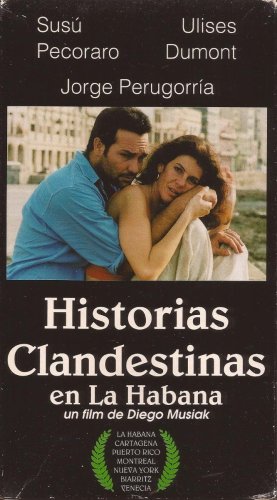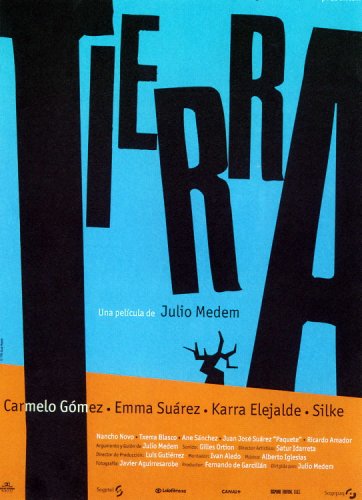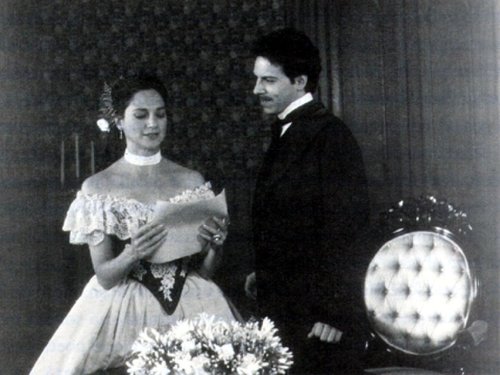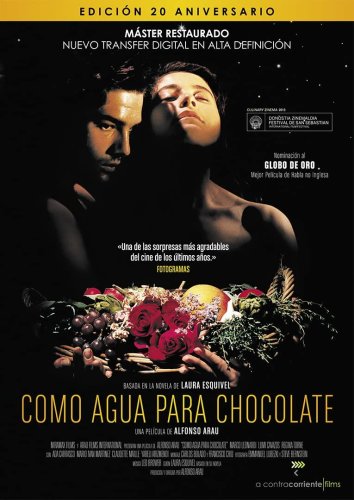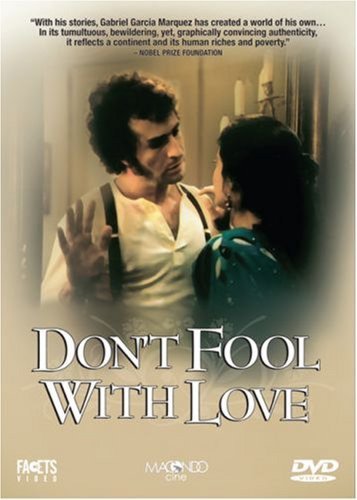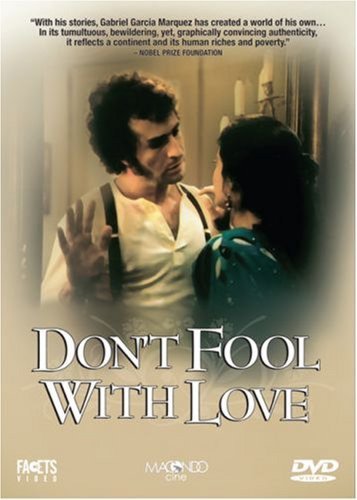| Fecha | Área | Bruto |
|---|---|---|
| 14 December 2017 | USA | USD 691,642 |
| 13 December 2017 | USA | USD 687,865 |
| 12 December 2017 | USA | USD 674,310 |
| 11 December 2017 | USA | USD 663,918 |
| 10 December 2017 | USA | USD 656,499 |
| 10 December 2017 | USA | USD 659,325,379 |
| 7 December 2017 | USA | USD 589,077 |
| 6 December 2017 | USA | USD 561,741 |
| 5 December 2017 | USA | USD 517,359 |
| 4 December 2017 | USA | USD 476,695 |
| 3 December 2017 | USA | USD 438,602 |
| 10 June 2012 | USA | USD 658,672,302 |
| 3 June 2012 | USA | USD 57,859,419 |
| 27 May 2012 | USA | USD 57,810,608 |
| 20 May 2012 | USA | USD 57,736,235 |
| 13 May 2012 | USA | USD 57,614,310 |
| 6 May 2012 | USA | USD 57,290,508 |
| 29 April 2012 | USA | USD 56,280,875 |
| 22 April 2012 | USA | USD 52,860,574 |
| 15 April 2012 | USA | USD 44,723,819 |
| 8 April 2012 | USA | USD 25,645,935 |
| 20 September 1998 | USA | USD 600,779,824 |
| 13 September 1998 | USA | USD 600,743,440 |
| 30 August 1998 | USA | USD 600,374,192 |
| 23 August 1998 | USA | USD 599,657,813 |
| 16 August 1998 | USA | USD 598,614,980 |
| 9 August 1998 | USA | USD 597,285,686 |
| 2 August 1998 | USA | USD 595,467,018 |
| 26 July 1998 | USA | USD 593,234,448 |
| 19 July 1998 | USA | USD 590,489,873 |
| 12 July 1998 | USA | USD 588,931,878 |
| 5 July 1998 | USA | USD 588,205,118 |
| 28 June 1998 | USA | USD 587,071,239 |
| 21 June 1998 | USA | USD 585,544,027 |
| 14 June 1998 | USA | USD 583,885,184 |
| 7 June 1998 | USA | USD 581,889,889 |
| 31 May 1998 | USA | USD 579,419,474 |
| 25 May 1998 | USA | USD 577,060,012 |
| 17 May 1998 | USA | USD 572,713,894 |
| 10 May 1998 | USA | USD 569,820,413 |
| 3 May 1998 | USA | USD 565,736,531 |
| 26 April 1998 | USA | USD 560,615,350 |
| 19 April 1998 | USA | USD 554,067,203 |
| 12 April 1998 | USA | USD 542,853,691 |
| 5 April 1998 | USA | USD 530,406,538 |
| 29 March 1998 | USA | USD 515,262,530 |
| 22 March 1998 | USA | USD 494,514,331 |
| 15 March 1998 | USA | USD 471,446,140 |
| 8 March 1998 | USA | USD 449,157,395 |
| 1 March 1998 | USA | USD 426,983,888 |
| 22 February 1998 | USA | USD 402,561,881 |
| 15 February 1998 | USA | USD 376,270,721 |
| 8 February 1998 | USA | USD 337,355,666 |
| 1 February 1998 | USA | USD 308,100,203 |
| 25 January 1998 | USA | USD 274,599,886 |
| 19 January 1998 | USA | USD 242,748,914 |
| 11 January 1998 | USA | USD 197,881,813 |
| 4 January 1998 | USA | USD 157,467,971 |
| 28 December 1997 | USA | USD 88,425,009 |
| 21 December 1997 | USA | USD 28,638,131 |
| 19 July 1998 | UK | GBP 68,532,746 |
| 12 July 1998 | UK | GBP 68,440,726 |
| 5 July 1998 | UK | GBP 68,312,384 |
| 28 June 1998 | UK | GBP 68,161,923 |
| 21 June 1998 | UK | GBP 67,992,367 |
| 14 June 1998 | UK | GBP 67,814,500 |
| 7 June 1998 | UK | GBP 67,587,802 |
| 31 May 1998 | UK | GBP 67,345,759 |
| 24 May 1998 | UK | GBP 66,941,255 |
| 17 May 1998 | UK | GBP 66,634,468 |
| 10 May 1998 | UK | GBP 66,313,894 |
| 3 May 1998 | UK | GBP 65,733,364 |
| 26 April 1998 | UK | GBP 64,860,860 |
| 19 April 1998 | UK | GBP 63,626,231 |
| 12 April 1998 | UK | GBP 61,221,206 |
| 5 April 1998 | UK | GBP 58,508,835 |
| 29 March 1998 | UK | GBP 55,708,534 |
| 22 March 1998 | UK | GBP 51,964,323 |
| 15 March 1998 | UK | GBP 48,723,730 |
| 8 March 1998 | UK | GBP 44,622,981 |
| 1 March 1998 | UK | GBP 39,696,854 |
| 22 February 1998 | UK | GBP 34,118,124 |
| 15 February 1998 | UK | GBP 26,774,482 |
| 8 February 1998 | UK | GBP 20,238,044 |
| 1 February 1998 | UK | GBP 12,870,580 |
| 25 January 1998 | UK | GBP 4,805,270 |
| 11 August 2015 | Worldwide | USD 2,186,772,302 |
| 9 June 2012 | Worldwide | USD 2,185,372,302 |
| 2012 | Worldwide | USD 2,186,772,302 |
| 25 November 2011 | Worldwide | USD 1,843,201,268 |
| December 2003 | Worldwide | USD 1,835,300,000 |
| 3 May 1998 | Worldwide | USD 1,054,000,000 |
| 26 April 1998 | Worldwide | USD 1,017,000,000 |
| 19 April 1998 | Worldwide | USD 978,300,000 |
| 12 April 1998 | Worldwide | USD 916,400,000 |
| 5 April 1998 | Worldwide | USD 872,800,000 |
| 29 March 1998 | Worldwide | USD 815,000,000 |
| 22 March 1998 | Worldwide | USD 756,200,000 |
| 15 March 1998 | Worldwide | USD 704,700,000 |
| 8 March 1998 | Worldwide | USD 647,000,000 |
| 1 March 1998 | Worldwide | USD 583,000,000 |
| 22 February 1998 | Worldwide | USD 516,000,000 |
| 25 March 1998 | Australia | AUD 44,638,315 |
| 11 February 1998 | Australia | AUD 32,121,441 |
| 7 January 1998 | Australia | AUD 15,740,465 |
| 29 March 1998 | Brazil | BRL 70,000,000 |
| 19 March 1998 | France | FRF 536,603,330 |
| 12 March 1998 | France | FRF 503,462,344 |
| 5 March 1998 | France | FRF 456,288,093 |
| 26 February 1998 | France | FRF 405,804,075 |
| 19 February 1998 | France | FRF 353,280,580 |
| 12 February 1998 | France | FRF 304,252,845 |
| 29 January 1998 | France | FRF 192,012,462 |
| 22 January 1998 | France | FRF 128,779,584 |
| 15 January 1998 | France | FRF 61,793,394 |
| 26 July 1998 | Germany | DEM 224,948,803 |
| 5 July 1998 | Germany | DEM 222,951,725 |
| 31 May 1998 | Germany | DEM 218,930,798 |
| 24 May 1998 | Germany | DEM 217,007,027 |
| 3 May 1998 | Germany | DEM 211,407,826 |
| 5 April 1998 | Germany | DEM 185,031,228 |
| 29 March 1998 | Germany | DEM 176,139,477 |
| 15 March 1998 | Germany | DEM 155,931,820 |
| 22 February 1998 | Germany | DEM 116,507,971 |
| 15 February 1998 | Germany | DEM 103,209,612 |
| 1 February 1998 | Germany | DEM 70,908,571 |
| 19 July 1998 | Italy | ITL 81,457,547,000 |
| 13 February 2015 | Portugal | USD 5,814,394 |
| Fecha | Área | Bruto | Pantalla |
|---|---|---|---|
| 3 December 2017 | USA | USD 438,602 | 87 |
| 21 December 1997 | USA | USD 28,638,131 | 2,674 |
| 25 January 1998 | UK | GBP 4,805,270 | 416 |
| 21 December 1997 | Australia | AUD 3,170,890 | 222 |
| 15 January 1998 | France | FRF 61,793,394 | 635 |
| 11 January 1998 | Germany | DEM 13,995,065 | 673 |
| 1 February 1998 | Netherlands | EUR 1,003,000 | 106 |
| Fecha | Área | Bruto | Pantalla |
|---|---|---|---|
| 10 December 2017 | USA | USD 67,422 | 75 |
| 3 December 2017 | USA | USD 438,602 | 87 |
| 3 June 2012 | USA | USD 34,068 | 52 |
| 27 May 2012 | USA | USD 33,431 | 42 |
| 20 May 2012 | USA | USD 50,583 | 70 |
| 13 May 2012 | USA | USD 157,847 | 157 |
| 6 May 2012 | USA | USD 365,334 | 333 |
| 29 April 2012 | USA | USD 1,913,733 | 1,409 |
| 22 April 2012 | USA | USD 5,032,557 | 2,515 |
| 15 April 2012 | USA | USD 11,930,249 | 2,697 |
| 8 April 2012 | USA | USD 17,285,453 | 2,674 |
| 14 June 1998 | USA | USD 1,214,737 | 975 |
| 7 June 1998 | USA | USD 1,648,860 | 1,219 |
| 31 May 1998 | USA | USD 1,783,579 | 1,562 |
| 24 May 1998 | USA | USD 3,672,703 | 2,008 |
| 17 May 1998 | USA | USD 2,112,302 | 1,990 |
| 10 May 1998 | USA | USD 3,178,573 | 2,256 |
| 3 May 1998 | USA | USD 4,011,888 | 2,660 |
| 26 April 1998 | USA | USD 4,938,575 | 2,912 |
| 19 April 1998 | USA | USD 7,407,989 | 3,012 |
| 12 April 1998 | USA | USD 8,558,241 | 3,265 |
| 5 April 1998 | USA | USD 11,533,480 | 3,265 |
| 29 March 1998 | USA | USD 15,213,500 | 3,233 |
| 22 March 1998 | USA | USD 17,165,239 | 3,169 |
| 15 March 1998 | USA | USD 17,578,815 | 3,116 |
| 8 March 1998 | USA | USD 17,605,849 | 3,103 |
| 1 March 1998 | USA | USD 19,633,056 | 3,035 |
| 22 February 1998 | USA | USD 21,036,343 | 3,006 |
| 15 February 1998 | USA | USD 32,876,424 | 3,002 |
| 8 February 1998 | USA | USD 23,027,838 | 2,956 |
| 1 February 1998 | USA | USD 25,907,172 | 2,853 |
| 25 January 1998 | USA | USD 25,238,720 | 2,771 |
| 18 January 1998 | USA | USD 36,014,544 | 2,767 |
| 11 January 1998 | USA | USD 28,716,310 | 2,745 |
| 4 January 1998 | USA | USD 33,315,278 | 2,727 |
| 19 July 1998 | UK | GBP 38,850 | 55 |
| 12 July 1998 | UK | GBP 65,632 | 85 |
| 5 July 1998 | UK | GBP 72,814 | 108 |
| 28 June 1998 | UK | GBP 93,716 | 149 |
| 21 June 1998 | UK | GBP 87,845 | 151 |
| 14 June 1998 | UK | GBP 140,108 | 165 |
| 7 June 1998 | UK | GBP 134,182 | 137 |
| 31 May 1998 | UK | GBP 155,794 | 147 |
| 24 May 1998 | UK | GBP 199,618 | 188 |
| 17 May 1998 | UK | GBP 157,678 | 194 |
| 10 May 1998 | UK | GBP 292,757 | 236 |
| 3 May 1998 | UK | GBP 526,477 | 247 |
| 26 April 1998 | UK | GBP 669,252 | 295 |
| 19 April 1998 | UK | GBP 981,940 | 358 |
| 12 April 1998 | UK | GBP 1,373,363 | 434 |
| 5 April 1998 | UK | GBP 1,504,551 | 426 |
| 29 March 1998 | UK | GBP 2,223,046 | 452 |
| 22 March 1998 | UK | GBP 1,953,082 | 447 |
| 15 March 1998 | UK | GBP 2,469,191 | 474 |
| 8 March 1998 | UK | GBP 3,010,921 | 478 |
| 1 March 1998 | UK | GBP 3,403,199 | 470 |
| 22 February 1998 | UK | GBP 3,657,613 | 457 |
| 15 February 1998 | UK | GBP 3,849,120 | 425 |
| 8 February 1998 | UK | GBP 4,274,375 | 424 |
| 1 February 1998 | UK | GBP 4,773,404 | 419 |
| 25 January 1998 | UK | GBP 4,805,270 | 416 |
| 19 March 1998 | France | FRF 33,895,687 | 735 |
| 12 March 1998 | France | FRF 43,131,506 | 742 |
| 5 March 1998 | France | FRF 50,950,419 | 735 |
| 26 February 1998 | France | FRF 52,975,363 | 735 |
| 19 February 1998 | France | FRF 48,705,597 | 732 |
| 29 January 1998 | France | FRF 62,640,708 | 683 |
| 22 January 1998 | France | FRF 67,646,493 | 635 |
| 15 January 1998 | France | FRF 61,793,394 | 635 |
| 26 July 1998 | Germany | DEM 335,335 | 258 |
| 5 July 1998 | Germany | DEM 454,069 | 391 |
| 31 May 1998 | Germany | DEM 1,481,881 | 497 |
| 24 May 1998 | Germany | DEM 1,807,993 | 488 |
| 3 May 1998 | Germany | DEM 3,002,585 | 676 |
| 19 April 1998 | Germany | DEM 5,460,548 | 764 |
| 5 April 1998 | Germany | DEM 6,667,395 | 799 |
| 29 March 1998 | Germany | DEM 7,205,599 | 820 |
| 15 March 1998 | Germany | DEM 9,471,598 | 824 |
| 1 March 1998 | Germany | DEM 10,403,920 | 810 |
| 22 February 1998 | Germany | DEM 9,642,296 | 806 |
| 15 February 1998 | Germany | DEM 11,384,161 | 808 |
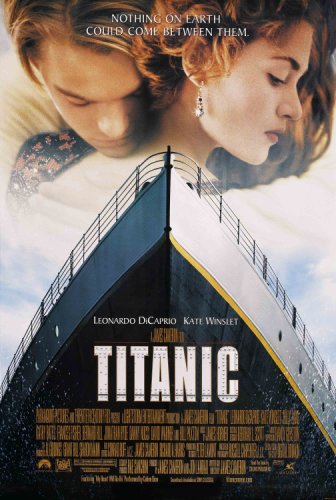
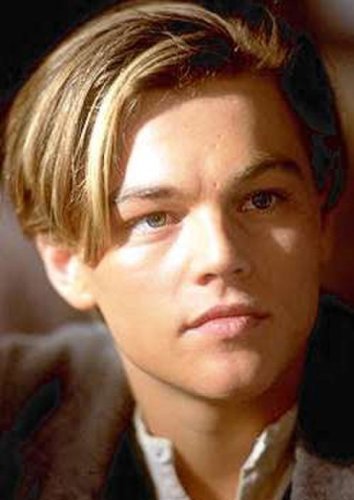
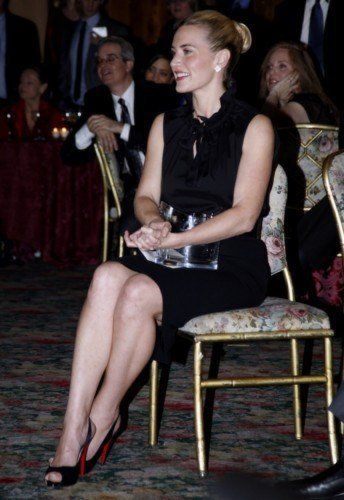
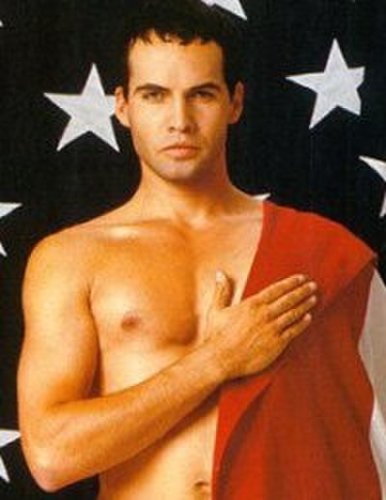


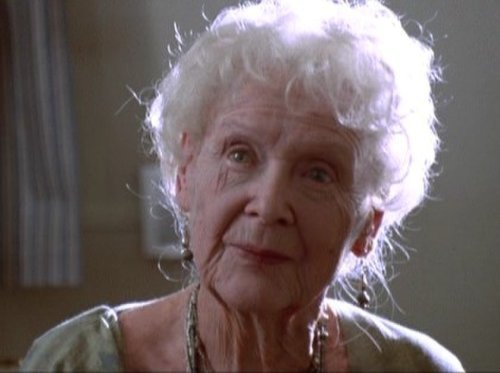

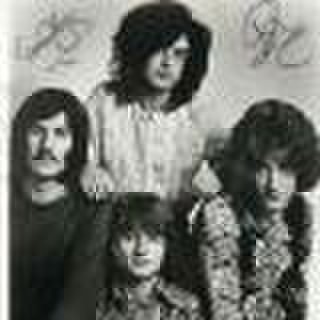
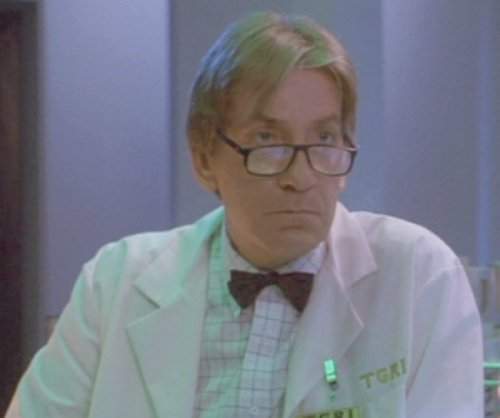



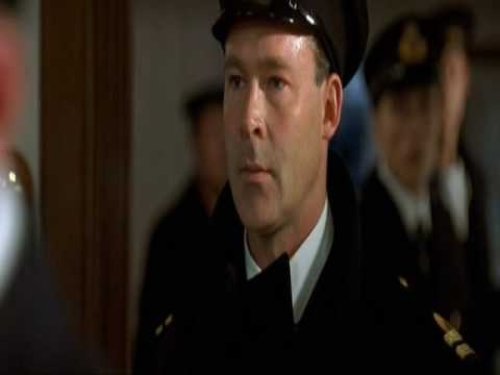
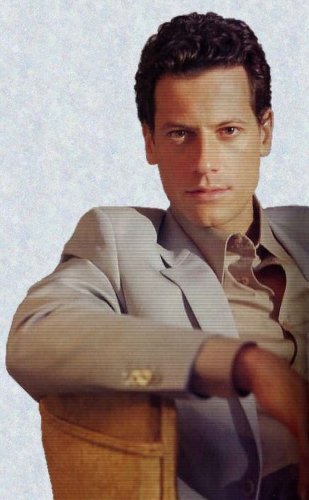


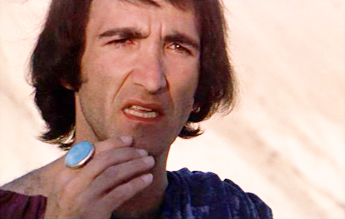







.jpg)
